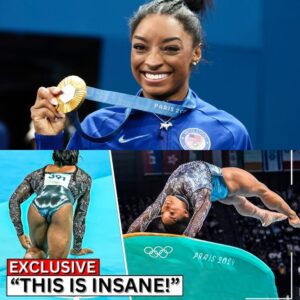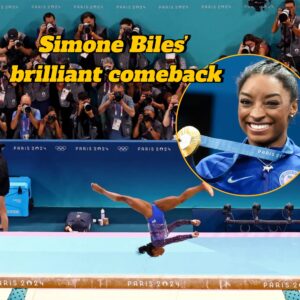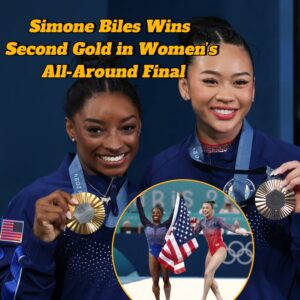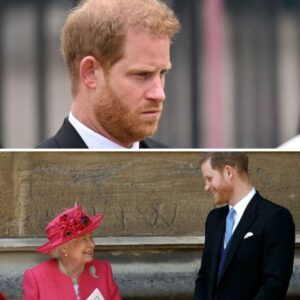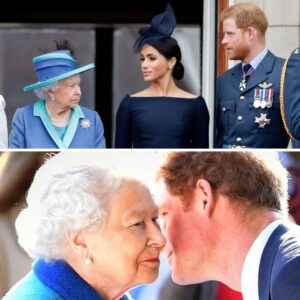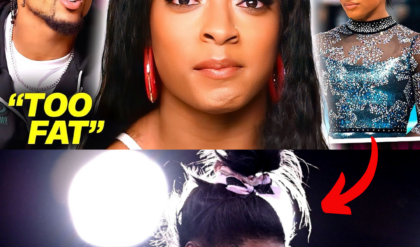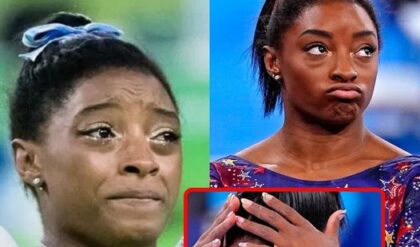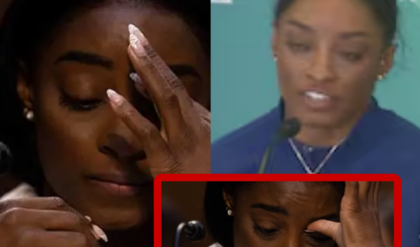Duke of Edinburgh was longest-serving consort in British history
At Queen Elizabeth’s coronation in 1953, Prince Philip swore allegiance to her, vowing that he would be his wife’s “liege man of life and limb.”
So when he wasn’t by her side 59 years later, during another solemn service to recognize a significant milestone in her reign, it was a moment that told a story of its own.
Elizabeth — who called Philip her “strength and stay” — walked stoically and alone to her seat in St. Paul’s Cathedral in London for a service to mark her six decades on the throne.
Philip died on April 9, 2021, at age 99.
With Philip’s retirement from public duties in 2017, such a sight of the Queen without her husband at her side in public had become the norm, but on that day in 2012, it was a rarity, and held particular poignancy.
Philip, famously outspoken, would undoubtedly have had a few choice words for his circumstances at the time — a hospital stay to fight a bladder infection — but his absence from Diamond Jubilee celebrations served to emphasize how much he meant to his wife, and the monarchy, since their marriage in 1947.
Carolyn Harris, a Toronto-based royal historian and author, said at the time that seeing the solitary figure of the Queen brought to mind “the degree to which the Queen and the Duke of Edinburgh have been seen as a unit throughout the reign.”
WATCH | Prince Philip married the Queen in 1947:

Prince Philip married the Queen in 1947
3 years ago
Duration0:31
A young Princess Elizabeth married Philip Mountbatten in Westminster Abbey in London on Nov. 20, 1947.
Elizabeth has the public image of a married woman, Harris said, unlike the last queen to mark a Diamond Jubilee.
Philip and Elizabeth had a “long and successful marriage,” Harris said, noting they came to complement each other quite well.
That evolution had a rocky start.

Elizabeth and Philip pose during their honeymoon on Nov. 25, 1947, at the Broadlands estate in Hampshire in southern England. (AFP via Getty Images)
Elizabeth’s desire to marry a man she first set her eyes on at age 13 was not warmly welcomed by her parents, or the courtiers at Buckingham Palace.
King George VI and Queen Elizabeth were concerned that their daughter “was very young, at 21, to make this decision, and also that she was essentially marrying the first man that she met,” said Harris.
In the palace halls, there was much mumbling that it would be better for Elizabeth to settle on an English gentleman, rather than a foreign prince. Philip was born in Corfu in 1921 as a prince of Greece and Denmark.
In Elizabeth’s steadfast plan to marry Philip, Harris saw a reflection of her “strength of character.”
“This was who she loved and was determined to marry.”
The significance of that determination has been noted by observers.

Mourners pay tribute to Prince Philip outside Buckingham Palace
3 years ago
Duration0:52
People in the streets of London recalled memories of Prince Philip following his death Friday.
‘Wisdom of the Queen’s choice’
“You only had to watch the Duke of Edinburgh during [the] Diamond Jubilee river pageant to see the wisdom of the Queen’s choice,” author Philip Eade wrote in the Daily Telegraph in 2012.
“A week short of his 91st birthday, the longest-serving consort in British history stood for more than three hours in the cold, waving and smiling, supporting his wife of 64 years — just as he had sworn he would at her coronation.”

Queen Elizabeth and Prince Philip watch the proceedings from the royal barge during the Diamond Jubilee pageant on the River Thames in London on June 3, 2012. (John Stillwell/The Associated Press)
For Harris, the success of the marriage is particularly interesting in light of the contrast in their backgrounds.
Elizabeth came from a stable nuclear family (mom, dad and two kids), while Philip was from a family that broke down when he was quite young. His mother was ill periodically and in a sanitarium, and his father moved to Monte Carlo with his mistress.
“In marrying the Queen, [Philip] gained that sort of stable home life that he didn’t have when he was younger, whereas to her he might have seemed like a breath of fresh air in the very traditional royal court she was part of,” said Harris. “He was well-travelled and had served in the Second World War.”
His naval career came to an end in 1952, when at the age of 29 he gave it up “so that he could support [Elizabeth] in her activities as Queen,” said Harris.
It was a role that had little precedent.
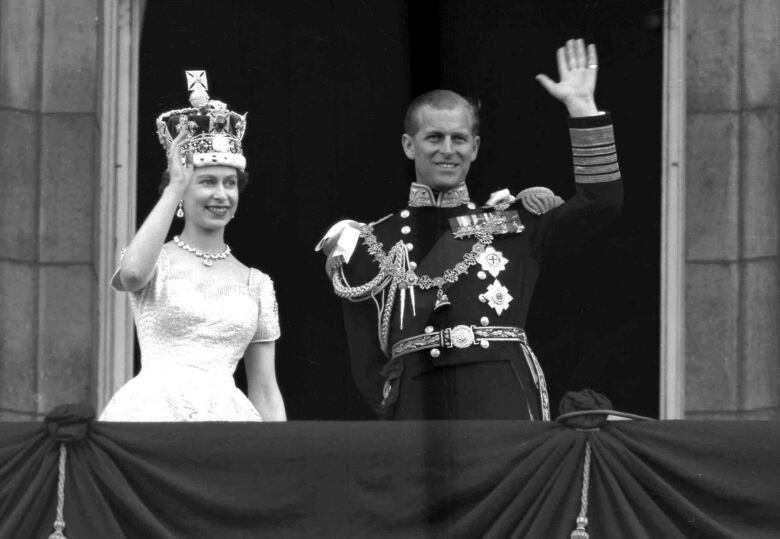
Queen Elizabeth and Prince Philip wave to supporters from the balcony at Buckingham Palace following her coronation at Westminster Abbey in London on June 2, 1953. (Leslie Priest/The Associated Press)
“If I asked somebody, ‘What do you expect me to do?’ they all looked blank. They had no idea, nobody had much idea,” Philip told the BBC.
Controversy in Canada
Sometimes, his outspokenness drew headlines in Canada. Harris pointed to a speech he gave to the Canadian Medical Association during a 1959 royal visit.
“The theme was that Canadians were out of shape and needed more physical exercise and he had statistics for how many Canadian men would fail an army medical,” said Harris.
“It’s a very mainstream topic to discuss now but in 1959 that was seen as a very controversial thing to discuss while touring Canada.”
But observers say there is a lot more to the man than a penchant for off-colour remarks.

Elizabeth and Philip relax with their children Charles and Anne in an undated photo around 1951. (AFP via Getty Images)
“He’s a far more intelligent and far-thinking person than the caricature of the gaffe-prone curmudgeon that has become kind of the default perception thanks to a lot of the tabloids,” Sally Bedell Smith, author of Elizabeth the Queen: The Life of a Modern Monarch, said in 2012.
“People at Buckingham Palace gave me a couple of books of speeches that he wrote back in the late ’40s and early ’50s … and I was really astonished at the range of his interests, that he was very involved in conservation, in science and technology and the importance of improving education in those areas, in the role of fitness in overall health, in things like an awareness of saving the rainforest decades before it was on everybody’s radar,” Smith said.

Queen Elizabeth and Prince Philip listen to an explanation of the workings of an iron ore mine in Schefferville, Que., on June 20, 1959. (The Associated Press)
Her list of Philip’s eclectic interests goes on: an early adopter of computers and email, oil painting, designing jewelry, ornithology.
“He’s had all these interests on his own,” Smith said, “but he’s also performed impeccably as her consort and he said … on the occasion of one of their big anniversaries … that supporting the Queen was the most important thing he ever did in his life.”
WATCH | Dominic LeBlanc, president of Queen’s Privy Council for Canada, reflects on Philip:

Prince Philip made solo swing through Canada in 1954
3 years ago
Duration1:07
Prince Philip made a 20-day visit to Canada on his own in 1954, attending the British Empire and Commonwealth Games in Vancouver and visiting the Far North.
‘Leadership role’
Harris said Philip has also “tended to really exercise a leadership role” in reforms of the royal household.
For the immediate Royal Family, Philip had something of a reputation as a disciplinarian, offering firm guidance and strong leadership on the home front, making the decisions in areas such as education for children Charles, Anne, Andrew and Edward.
While Philip had retired from public duties in 2017, there was the sense he wasn’t completely removed from family affairs.
Some headlines suggested in 2019 that he’d given his son Andrew a stern talking-to following his roundly criticized BBC interview regarding his friendship with convicted sex offender Jeffrey Epstein.

Queen Elizabeth and Prince Philip wait for their car following the traditional Christmas Day church service at St. Mary Magdalene Church in Sandringham, England on Dec. 25, 2017. (Alastair Grant/The Associated Press)
“Prince Philip told Prince Andrew to ‘take his punishment’ after summoning son to Sandringham,” read one headline in The Telegraph.
Elizabeth publicly acknowledged his importance to her during a speech on the occasion of their 50th wedding anniversary in 1997.
“He is someone who doesn’t take easily to compliments but he has, quite simply, been my strength and stay all these years, and I, and his whole family, and this and many other countries, owe him a debt greater than he would ever claim, or we shall ever know,” she said.
News
Simone Biles JUST MADE HISTORY With This NEW VAULT ROUTINE
Simone Biles JUST MADE HISTORY With This NEW VAULT ROUTINE . . . Simone Biles: A Triumphant Return and a Legacy of Greatness Simone Biles, widely regarded as the greatest gymnast of all time, has once again captured the world’s…
‘Haters hate it, so I love that even more’: Simone Biles explains goat pendant backstory
Simone Biles has said the goat pendant she wore after winning her sixth Olympic gold medal, and her second of the Paris Games, was a reminder of those who doubted her. “It’s a little ode [the goat pendant] … I…
Simone Biles’ brilliant comeback and other takeaways from the individual all-around gymnastics final | CNN
Simone Biles is once again the Olympic gold medalist in individual all-around gymnastics after winning one of the most dramatic finals of these Paris Olympics. Biles held off a spirited challenge from brilliant Brazilian Rebeca Andrade, who once again won silver…
Eight Years Later, Simone Biles Wins Second Gold in Women’s All-Around Final; Suni Lee Secures Bronze
PARIS — Simone Biles’ place in gymnastics history reached new heights Thursday night. She took home a second gold medal in the women’s all-around final with a score of 59.131, narrowly beating Rebeca Andrade of Brazil eight years after earning her first….
Prince Harry ‘sparks Palace anger’ with ‘tasteless’ claims about late Queen
In recent interviews, Prince Harry has talked about the special bond he enjoyed with his late grandmother the Queen and claimed she supported him in his legal battles before his death – but according to a royal expert, this has…
Late Queen’s ‘heartbreaking’ two-word reaction after Prince Harry left Royal Family
A royal expert has claimed that the late Queen Elizabeth II was left heartbroken when her grandson Prince Harry made the decision to leave his senior royal role and move to the US Queen Elizabeth II, Meghan, Duchess of Sussex…
End of content
No more pages to load
